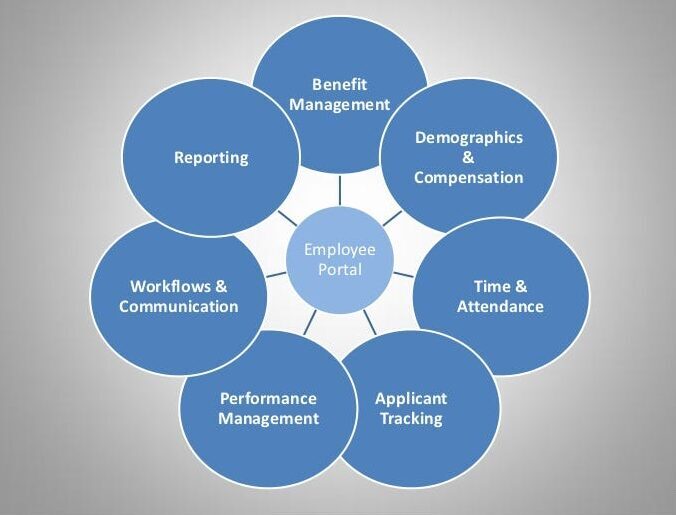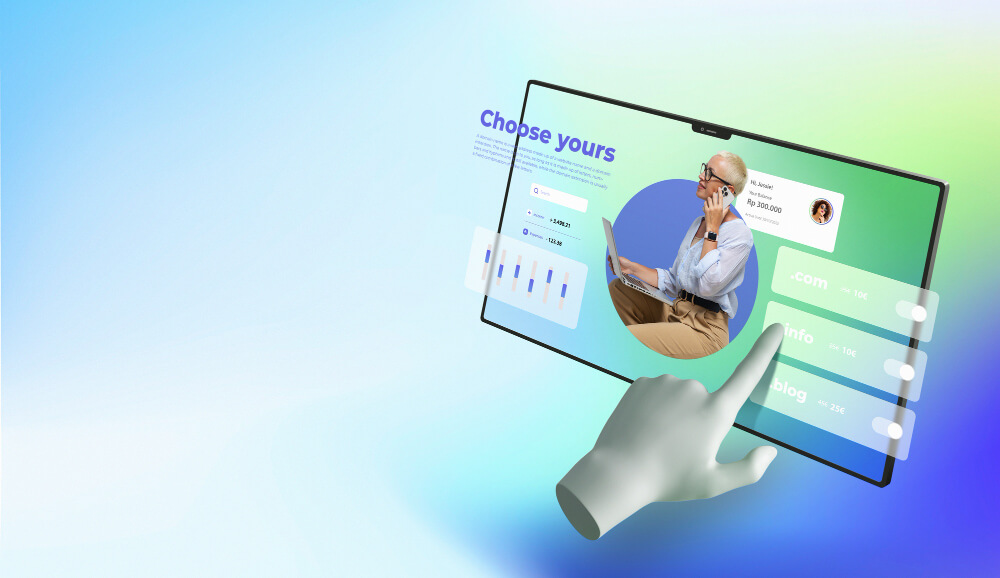Introduction
In today’s fast-paced business world, HR software has become an indispensable tool for organizations of all sizes. By automating routine tasks, providing data-driven insights, and enhancing the employee experience, HR software is revolutionizing how companies manage their most valuable asset – their people. HR software benefits, including efficient leave management, accurate payroll processing, and robust data privacy protections, all of which enhance overall workforce management and compliance with ethical standards.
What is HRIS?

HR software, also known as Human Resource Information Systems (HRIS) or Human Resource Management Systems (HRMS), is a digital solution that streamlines HR processes. It typically includes features for:
- Employee data management
- Payroll processing
- Time and attendance tracking
- Benefits administration
- Recruitment and onboarding
- Performance management
- Learning and development
- Reporting and analytics
Best 15 HR Software Benefits:
- Enhanced Efficiency and Productivity
- Automates time-consuming tasks
- Reduces manual data entry and errors
- Frees up HR staff for strategic initiatives
- Improved Employee Experience
- Offers self-service portals for employees
- Facilitates better communication
- Promotes work-life balance with HR Software features such as leave management
- Streamlined Recruitment and Onboarding
- Automates job posting and applicant tracking
- Provides structured onboarding workflows
- Improves new hire experience
- Data-Driven Decision Making
- Offers real-time access to HR metrics and analytics
- Enables evidence-based HR policies and practices
- Supports predictive analytics for future trends
- Cost Savings and ROI
- Reduces administrative costs through automation
- Minimizes errors in payroll and benefits administration
- Improves resource allocation
- Better Compliance Management
- Keeps track of changing labor laws and regulations
- Automates compliance reporting
- Reduces risk of non-compliance penalties
- Simplified Benefits Administration
- Streamlines benefits enrollment processes
- Facilitates easier management of multiple benefit plans
- Reduces errors in benefits calculations
- Accurate Time and Attendance Tracking
- Automates time tracking and reduces time theft
- Guarantees precise payroll calculations based on actual hours worked
- Provides insights into workforce productivity
- Enhanced Data Security and Privacy
- Offers role-based access control
- Ensures compliance with data protection regulations
- Provides secure storage and backup of employee data
- Improved Performance Management
- Facilitates regular feedback and performance reviews
- Aligns individual goals with organizational objectives
- Supports data-driven performance improvement strategies
- Facilitated Learning and Development
- Manages training programs and tracks completion
- Identifies skill gaps and recommends relevant training
- Supports career development planning
- Simplified Payroll Processing
- Automates complex payroll calculations
- Ensures accurate tax withholdings and deductions
- Provides detailed payroll reports and analytics
- Better Workforce Planning
- Offers insights into workforce demographics and trends
- Supports succession planning and talent pipeline management
- Enables scenario planning for future workforce needs
- Increased Employee Self-Service
- Allows employees to update personal information
- Enables self-service for common HR requests
- Empowers employees and reduces workload on HR staff
- Improved Communication and Collaboration
- Offers centralized platforms for company-wide communication
- Facilitates team collaboration and project management
- Supports virtual onboarding and remote work arrangements
Choosing the Right HR Software
When selecting HR software, consider:
- Company size and growth plans
- Budget and ROI
- Required features
- User-friendliness
- Integration capabilities
- Customization options
- Mobile accessibility
- Data security and compliance
- Vendor reputation and support
- Cloud vs. on-premise deployment
Implementation Best Practices
- Conduct a thorough needs assessment
- Involve key stakeholders in the selection process
- Plan for data migration and system integration
- Provide comprehensive training for all users
- Start with a pilot program before full rollout
- Regularly review and optimize system usage
The Future of HR Software
As technology evolves, HR software is incorporating:
- Artificial Intelligence and Machine Learning for predictive analytics and personalized recommendations
- Advanced employee experience platforms
- Continuous performance management tools
- Heightened emphasis on data privacy and ethical use of AI
Conclusion
HR software is no longer just a tool for administrative tasks – it’s a strategic asset that can drive organizational success. By leveraging the HR software benefits, companies can create more efficient processes, make data-driven decisions, and foster a more engaged and productive workforce.
As you consider implementing or upgrading your HR software, remember that the right solution can transform your HR function from a cost center to a value driver, ultimately contributing to your company’s bottom line and long-term success.





